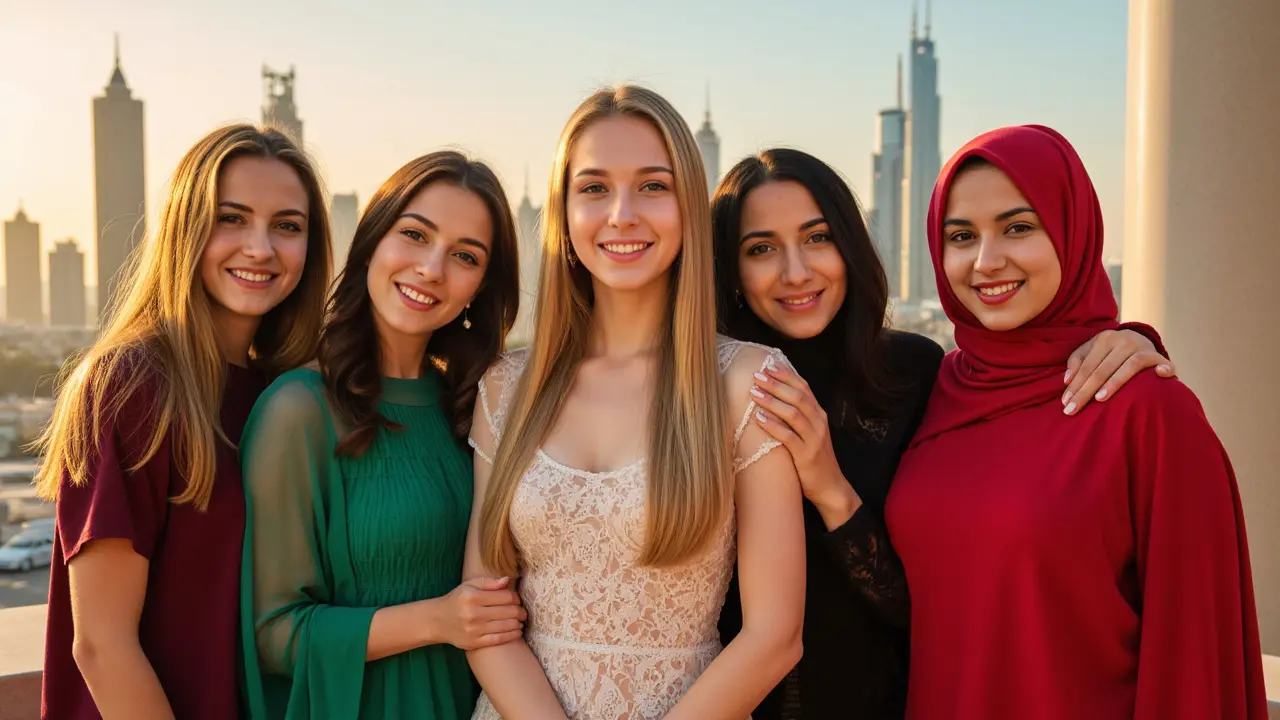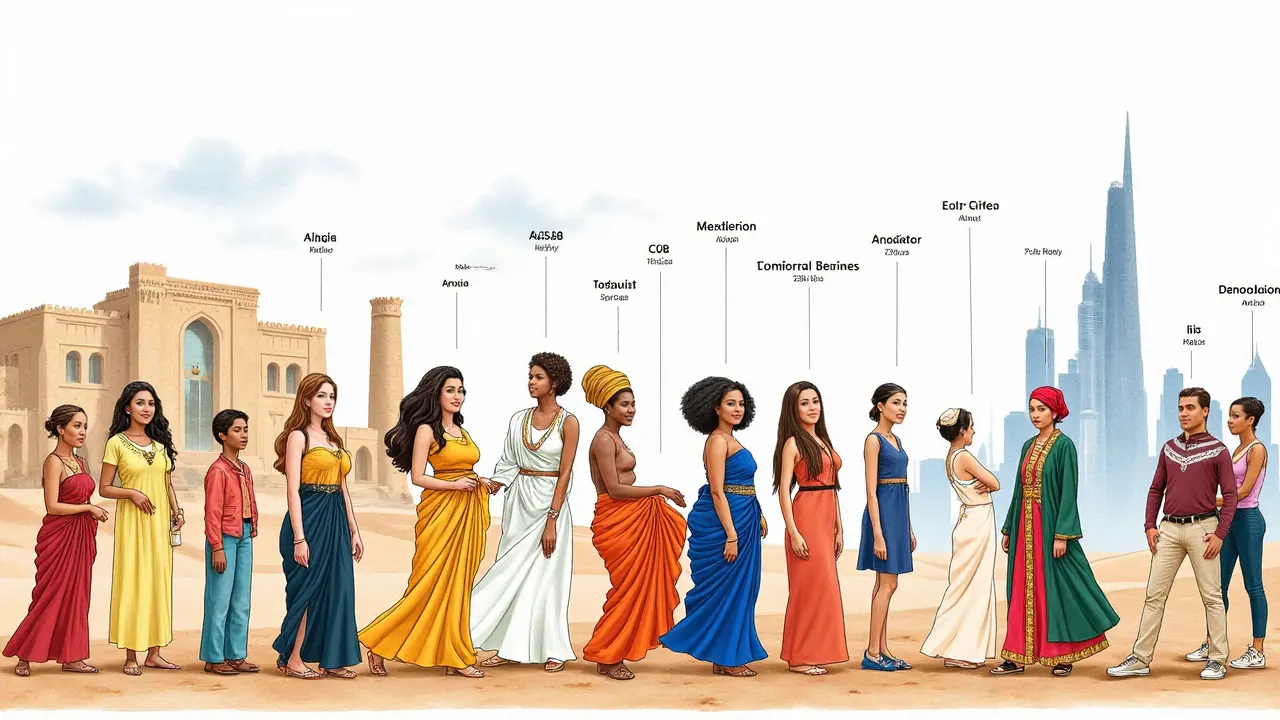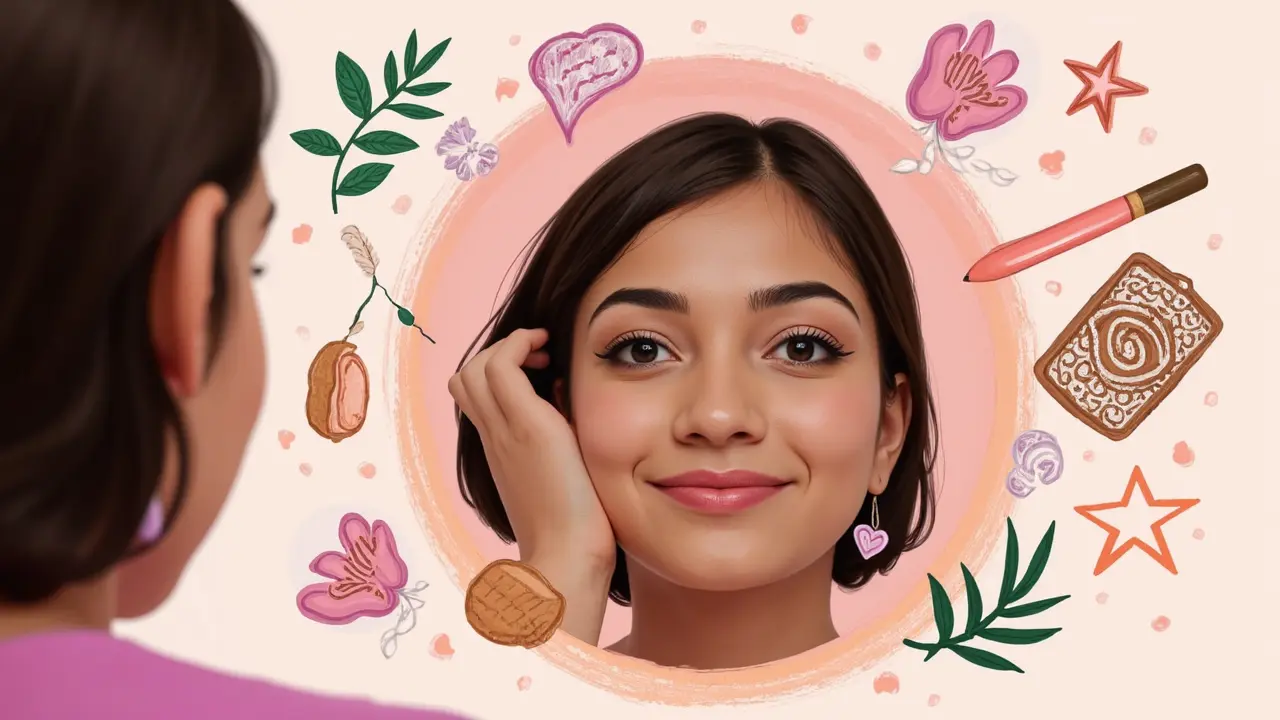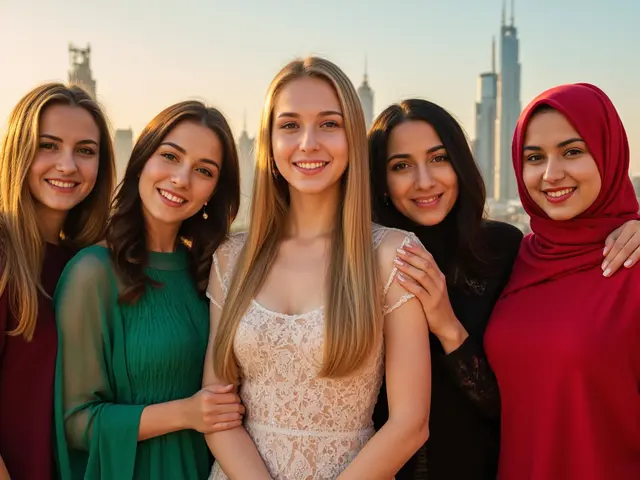Who Is Known as the Prettiest Girl? Beauty Standards, Famous Faces, and the Real Meaning of Pretty

Ever scrolled through your feed and wondered why everybody seems obsessed with the title “prettiest girl”? It's a question with as many answers as there are people, yet it sticks around, popping up in school corridors, beauty pageants, and viral hashtags. Sometimes, it's about the classic cover girl; other times, it’s that girl with a contagious laugh everyone wants to befriend. So, why does this idea grab us, and what does it actually mean?
Who Is Called the Prettiest Girl? Quick Answers & Facts
The world loves superlatives—prettiest, smartest, tallest. But when it comes to “prettiest girl,” consensus tends to vanish. The contenders shift with trends and places. At different moments, celebrities like Audrey Hepburn, Aishwarya Rai, Bella Hadid, and Lisa from Blackpink have been hailed as the prettiest. Scientific attempts to measure facial symmetry or the so-called "Golden Ratio" often put names like Bella Hadid at the top. Yet, a 2021 global YouGov survey revealed that preferences on beauty icons range widely by country; for example, Selena Gomez leads in the US, while Deepika Padukone tops lists in India.
There’s no official world committee that hands out the title. Mostly, the "prettiest" label is tied to beauty contests or pop culture polls, echoing society’s mood at the moment. One interesting fact: Miss World and Miss Universe, two of the largest pageants, crown “the most beautiful” every year, but their winners rarely remain everyone’s gold standard for long. Meanwhile, Beauty and the World’s “Top 100 Most Beautiful Faces” shifts every year, and so do the standards. Fans vote, critics debate—and the cycle spins on.
The Many Faces of Beauty: Understanding the Magic Behind 'Pretty'
Where does our idea of "the prettiest girl" even begin? It’s a cocktail of history, biology, and pop culture. Historical records show that beauty standards flip-flop: in Ancient Greece, full figures were prized; during the Renaissance, pale, rounded faces were in. Fast-forward to the late 20th century—fashion runways celebrated tall, lean frames. Now, social media pushes a blend of curves and angles, freckles and filtered skin. Each decade, beauty has a different flavor.
Sociologists point out that our brains are wired for symmetry. Faces with balanced proportions often trigger a positive response. But researchers also noted that familiarity and personality deeply affect who gets called pretty. A study from the University of St. Andrews showed that when volunteers rated photos, those associated with friendly traits got a significant beauty boost—personality colors your perception.
Cultural impact is huge, too. In South Korea, the K-pop look—porcelain skin, wide eyes—dominates. In Brazil, tanned skin and strong curves set the beauty bar. Western media has long prioritized fair skin and light eyes, but that's changing with more representation of diverse backgrounds. In Africa and parts of Asia, vibrant skin tones and natural hairstyles are embraced. Family and friends leave marks on our preferences, making the “prettiest” concept incredibly personal.
Events like Miss Universe or People Magazine’s “World’s Most Beautiful” only spotlight a narrow sliver. Miss Universe 2024 winner Sheynnis Palacios from Nicaragua knocked headlines, yet the buzz faded within months as the next viral face appeared. Even scientific beauty—the Golden Ratio—can only measure facial proportions, not charisma, intellect, or charm. If you look at a gathering of real people—say, a graduation photo or a subway car—you’ll spot dozens of different “pretty” faces, all colored by their unique style or spark.
Social media kicked the discussion into high gear. Instagram influencers, TikTok trends, and YouTube beauty gurus set new templates every few months. What’s “prettiest” right now? Maybe it's natural freckles, bushy brows, or a creative makeup twist. Each viral face pushes boundaries, making “pretty” a moving target.

Why People Chase the Prettiest Label—and How It Shapes Us
Let’s be honest: everybody wants to feel attractive. It’s not just vanity—being called “pretty” can smooth social paths, unlock opportunities, and even boost paychecks. Psychology backs this up: attractive people often get better jobs and more positive attention. But the chase for this label comes with side effects—think stress, comparison traps, and even mental health dips.
Just look at advertising. Brands bank on faces that fit local ideas of the “prettiest”—a formula proven to sell. That’s why you spot certain faces on billboards in Paris but see totally different looks dominating Tokyo. This creates a feedback loop: people want to look like what’s already successful. Plastic surgery numbers are a clue; South Korea tops the charts for cosmetic procedures per capita, while social media filters skyrocket globally.
The impact isn’t just skin-deep. A major mental health study in 2023 linked Instagram filter use with increased anxiety and body dysmorphia among teens. But there’s a silver lining: body positivity is stronger than ever. Movements like #NoFilter and celebrities sharing unretouched selfies send the message that “pretty” really is personal. TikTok videos showing acne, birthmarks, or different body types rack up millions of likes, and new surveys show that young people rank “confidence” and “kindness” as attractive traits almost as often as looks.
Ever wondered who gets called "prettiest" in your own circle? Ask around—you’ll get as many answers as friends. Maybe it’s your friend who always beams when she smiles, or a stranger whose quiet style stands out. The takeaway: the race for prettiness might be fierce, but real impact often comes from authenticity and self-assurance.
Beauty Queens, Internet Favorites, and Everyday Legends: Who Tops the Lists?
So, who actually lands the crown for “prettiest girl” in the media? Here’s where things get spicy. Here’s a quick table that showcases different “winners” judged by various groups:
| Year | Pageant/Media | Name | Country | Reason Highlighted |
|---|---|---|---|---|
| 2023 | Miss World | Karolina Bielawska | Poland | Classic elegance & philanthropy |
| 2024 | Miss Universe | Sheynnis Palacios | Nicaragua | Modern style & activism |
| 2022 | "Golden Ratio" Poll | Bella Hadid | USA | Facial symmetry |
| 2023 | People Magazine | Lupita Nyong’o | Kenya/Mexico | Radiant beauty & grace |
| 2024 | Social Media Poll | Lisa (Lalisa Manoban) | Thailand/Korea | K-pop stardom & distinct features |
| 2021 | Global Survey | Selena Gomez | USA | Relatable image |
And that’s just the famous crowd. On Reddit and TikTok, regular users often go viral as “the prettiest girl,” only for attention to shift days later. Remember the “Alex from Target” phenomenon? Sometimes, all it takes is a candid photo and a relatable vibe. Contrast this with traditional pageantry, where poise and interviews hold as much weight as looks. One big difference now: the internet gives anyone a shot at temporary beauty fame.
Another fun fact: the "prettiest girl in the world" is sometimes used to refer to Thylane Blondeau, who at age six was named as such by Vogue Enfants in 2007. But childhood fame isn’t a long-term ticket. By her teens, new names had popped up and hashtags had moved on. The cycle is fast—today’s icon is tomorrow’s “who’s that?”
And let’s not forget local legends. Every school, town, or community has a “prettiest girl”—she might not have millions of followers, but she wins hearts every day. The reason? Connection, reputation, or just that mystery glow people can’t resist describing.

Can You “Become” the Prettiest Girl? Real Tips for Feeling Pretty Now
You might be wondering, is there a magic routine? Not really, but you can definitely lean into what makes you stand out. Here’s what research, experts, and even makeup pros say helps:
- Confidence beats everything: Studies agree—self-assured people are rated more attractive by peers. Start with small wins: own your outfit, practice positive self-talk, or try a smile experiment. It’s contagious.
- Healthy skin glows: The classic basics—sleep, water, gentle skincare—actually work. Dermatologists say hydration alone noticeably perks up complexions.
- Find your signature: Maybe it’s bold brows, a red lip, or quirky earrings. Style is personal branding for your face. Have fun with it.
- Kindness and humor matter: Remember those experiments where people’s perceived beauty soared after showing warmth? Authentic personality upgrades any look.
- Get inspired but stay real: Scroll for ideas, but don’t chase every viral trend. Your quirks can set you apart.
Want to know a common trait among those repeatedly called pretty, famous or not? They highlight what’s unique: Aishwarya Rai’s eyes, Zendaya’s confidence, Yara Shahidi’s curls, or Billie Eilish’s ever-changing hair. Don’t try to erase what makes you “you.”
And if you’re stuck in comparison loops, remember that even so-called "perfect" faces come with angles, zits, and insecurities. Most magazines or influencers use filters, pro lighting, or Photoshop. Real prettiness is imperfect—a little surprise, a unique dimple, or an unplanned giggle.
So next time you spot a headline about the “prettiest girl,” consider this: the label is a moving target, shaped by culture, confidence, and the moment. True beauty can’t be boxed up—so make space for your version of pretty. Want to dive deeper into confidence hacks or find beauty idols who reflect your style? Start by exploring, experimenting, and celebrating what makes you different—it’s the only prettiness that really lasts.

